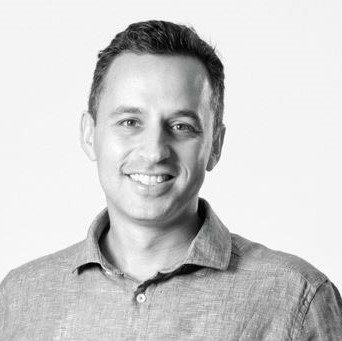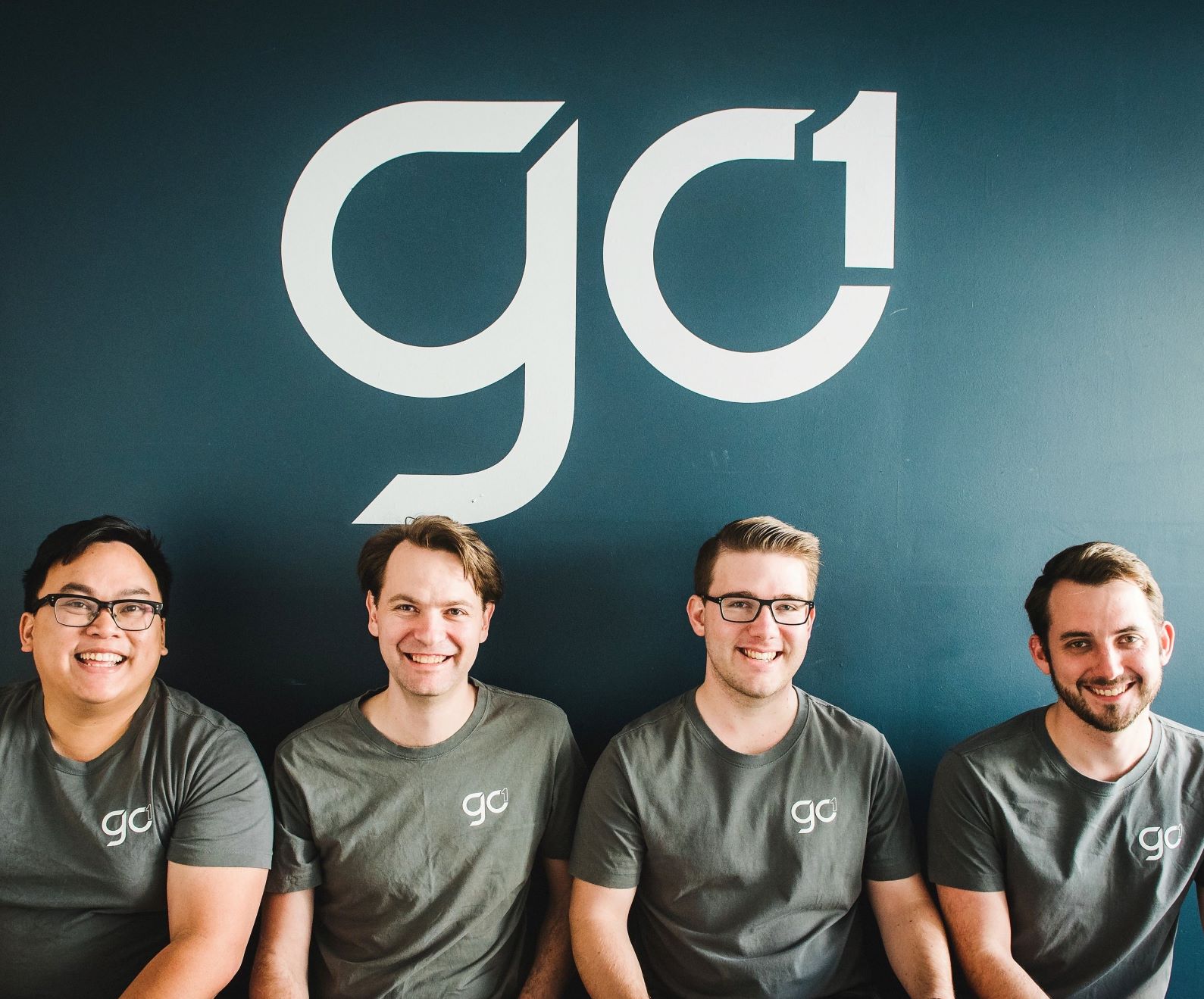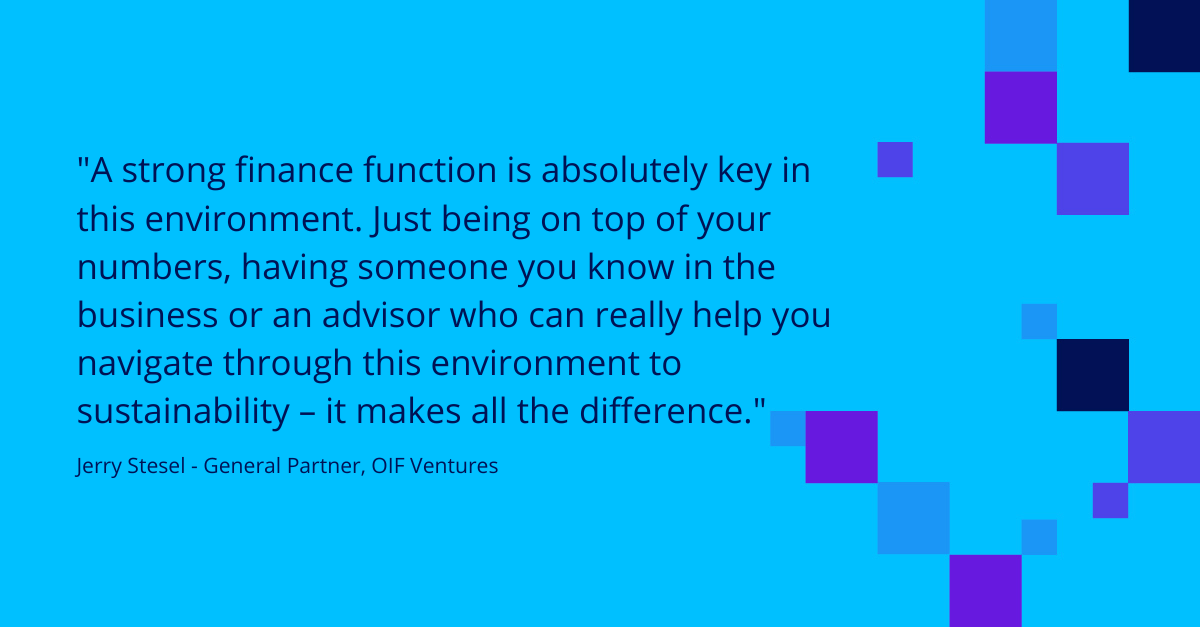VC Voices: Jerry Stesel, OIF Ventures
KPMG High Growth Ventures
Perhaps the best way to introduce Jerry Stesel is to begin with what he would be doing if he wasn’t in VC.
“I would be a founder,” he says, after giving it a bit of thought.
“I just enjoy the founder journey. I think the key is having good co-founders (and a great team). That's critical so you can share the ups and the downs with them.”
This entrepreneurial drive encapsulates OIF Ventures in a nutshell. The founder mindset is pervasive there: all of the partners in the firm have started and run their own businesses, including Jerry, who has successfully co-founded and exited two FinTech startups, NexPay and Earnd, in addition to co-founding OIF Ventures.
“We all understand the founder journey because we’ve done it before. This means we can sympathise with the founders we back knowing the journey is not a straight line up and to the right and allows us to stand by our founders through the inevitable bumps along the road,” he says.
At the intersection of preparation and opportunity
Jerry’s pathway into VC feels inevitable in some ways, and unexpected in others. He never thought he would be involved in VC as an investor, and yet found himself acquiring all the skills needed for that very purpose throughout the course of his career.
“It definitely wasn't a pre-prepared career plan,” he laughs.
“It's amazing now: we have people who recently graduated from uni working with us, and they're so focused. They know all about VC, they know all the terminology…when I was going through uni, I had no exposure to VC whatsoever.”
However, he quickly found that throughout his career, he had built up all of the skills needed to get into venture capital: he studied law and worked as a paralegal before spending almost ten years in investment banking advising some of Australia’s largest companies on M&A, IPOs and capital raising transactions and then personally founding and exiting two companies.
Unsurprisingly, these skills played perfectly into the next role he would take as one of the founding partners of OIF Ventures.
“There was definitely no master plan. It was serendipity. I'm a big believer in the notion that luck is the intersection of preparation, opportunity and action. That was what happened to me. I had the background – that was the preparation and then I was fortunate to have the opportunity to meet my other partners, David [Shein] and Geoff [Levy AO], just as they were starting to think about raising a VC fund.”
It’s business, but it’s personal
OIF Ventures opened its doors with a $50 million fund in 2016. It backed just 11 companies, but the calibre was there: OIF has had four exits from that fund returning several times the fund to investors already and all of the other companies in the portfolio are still performing well to this day.
Six years later, Jerry and the team have just closed their third fund of $140 million.
Despite growing its portfolio, however, OIF is quite conscious that it’s about quality, not quantity.
“We run a concentrated portfolio. It’s not a fund that will back 50 companies and hope for the best. We’re very selective around who we invest in,” Jerry says.
The reason for this becomes abundantly clear in hearing how OIF Ventures works with its portfolio.
Unlike other investors that might take a hands-off approach, OIF is very much in the trenches, using their experience and networks to help founders bring their vision to life.
“We spend quite a lot of time with founders to help them however we can. This can be on the recruitment side to attract really strong senior talent, on the go to market side with customer introductions and channel partners, help with formulating the strategy, or with capital raising down the track,” Jerry says.
Was this hands-on approach deliberate? Yes, Jerry says – as well as having developed organically.
“It just happened because it's the style of the people in our business. It's in our DNA that we'd rather go deep, add value wherever we can and be supportive partners than write 50 cheques and not have much involvement,” he says.
“We prefer going deeper and spending the time to build quality relationships with our founders.”
It’s not just talk either. Jerry says that for OIF’s third fund, the team had the opportunity to raise more capital, but they made a conscious decision not to because that would affect the amount of time they could devote to each company.
So what’s the highlight? It’s tough, Jerry says, given how closely they work with each team. However, he says one of the most memorable is meeting Go1 and being part of their journey from an early stage.

Jerry says meeting the Go1 team was a highlight of his VC career.
“Meeting them, them choosing to work with us, backing them, and then doing a couple of really material things that have helped the company grow and succeed has been really rewarding,” he reflects.
The other is Instaclustr, a SaaS company providing open-source products as a service which OIF backed at the seed stage. Jerry attributes their success to the flawless execution of the founders and team over a prolonged period of time, which culminated with the company being acquired last year by NASDAQ listed giant, NetApp.
Go hard on vision, but don’t neglect the numbers
So how does a founder get backed by OIF?
Jerry speaks to the four T’s – team, TAM (total addressable market), traction and timing – but says that what can really make founders stand out is being able to talk to the numbers.
“Financial acumen is underrated, but we definitely look for it in the founding team. It doesn’t have to be the founder, but I get an instant liking to founders that are really strong with the numbers, understand their unit economics, margin profile early and at scale” he says.
“I think some founders may not appreciate that with VCs, that can be a real differentiator. The product vision, the problem, the solution…that's table stakes and expected that founders have a very strong handle of this. But the real thing that sets a founder apart is where they're really solid on the numbers and the unit economics of their business.”
“Companies that are backed this year and onwards are ones that will have to demonstrate a path to sustainability and a path to profitability. In the early years, you can’t be profitable because you’re investing to build the asset or the team. But you need to show a pathway to that. The market environment has turned quickly from growth at all costs to much more sustainable growth with VCs now much more focussed on burn multiples and the rule of 40: growth plus profitability (for later stage companies),” he says.
“The good news is that these companies should do really well, because this lens of capital efficiency and a path to sustainability are baked in from day one.”
For existing companies, it’s important to be very considered about the bets they take and where they deploy their limited resources in this environment.
“They again will be operating in a much more capital constrained environment, so they have to be really cost conscious. But the good news is that the ones that can navigate through this environment and survive through the next 18-24 months should come out as really resilient businesses at the other end.”
New or existing, the biggest piece of advice Jerry can give to founders is to get on top of the numbers.
“If it’s not your skillset, bring someone in who can help. I think it’s a critical skillset. The finance function’s probably been underrated and underinvested, but I think this is the year of the finance function.”

Finally, he urges founders to act swiftly to plug any gaps in the business.
“Take your medicine upfront. Bad news doesn't get better with time. If you need to make changes, don’t procrastinate. Do it upfront, and hopefully that builds resilience and a more sustainable business for the longer term.”
Learn more about OIF Ventures here.